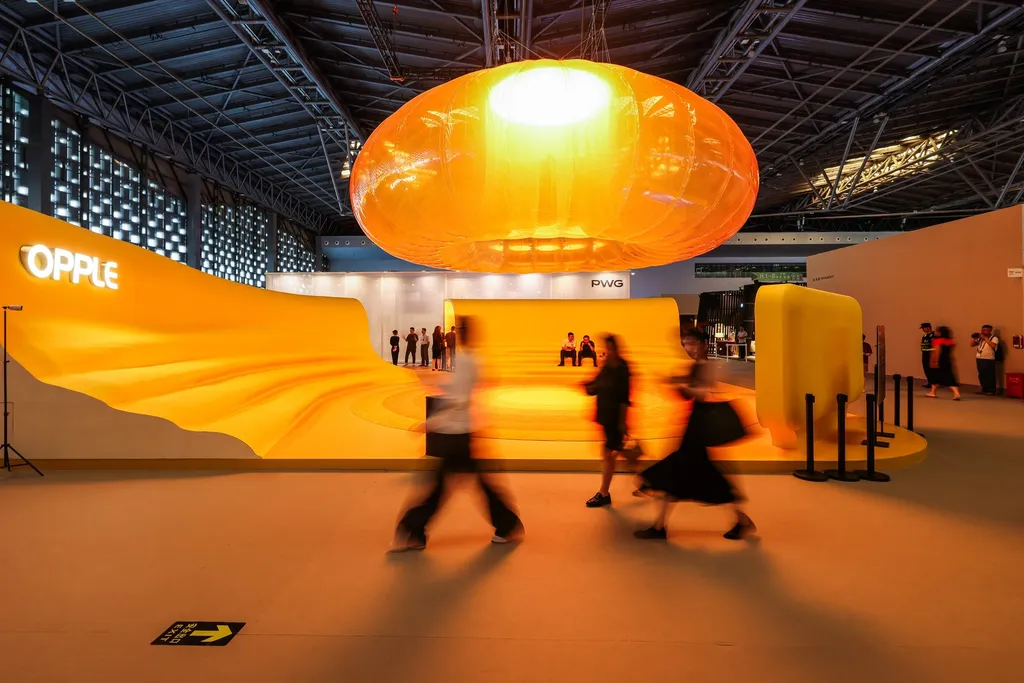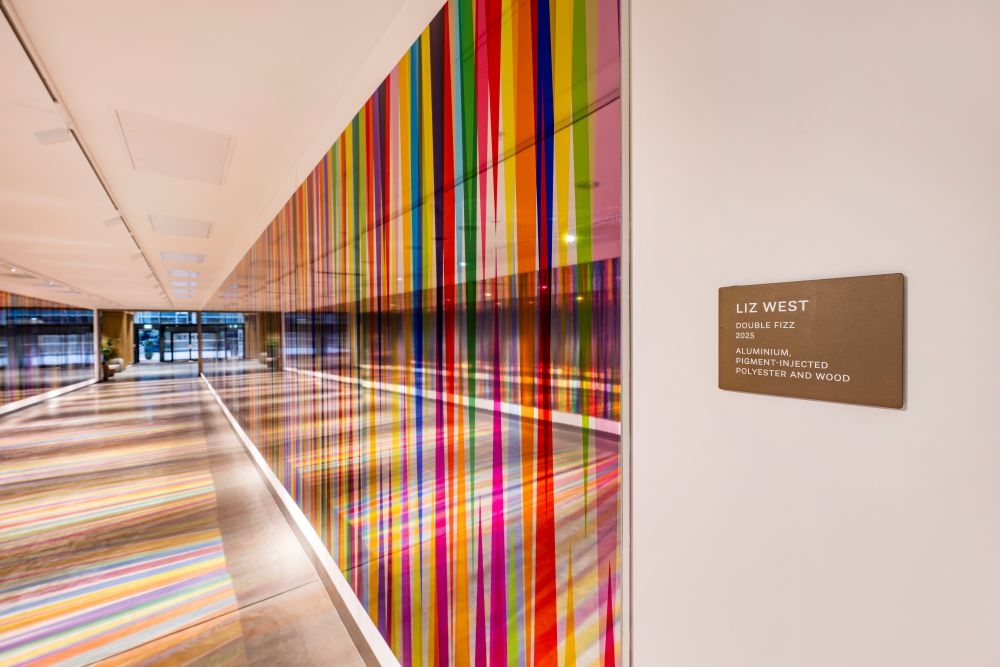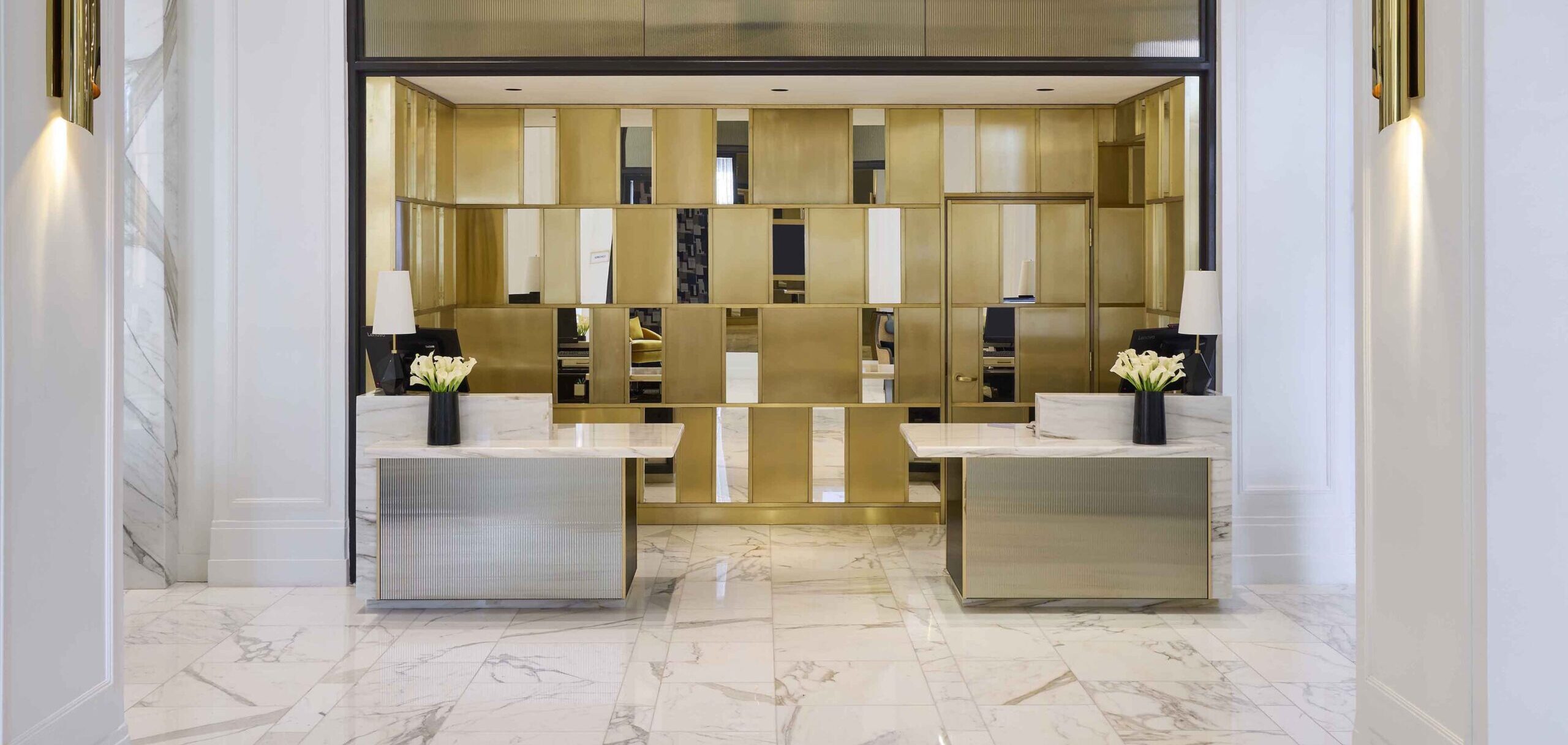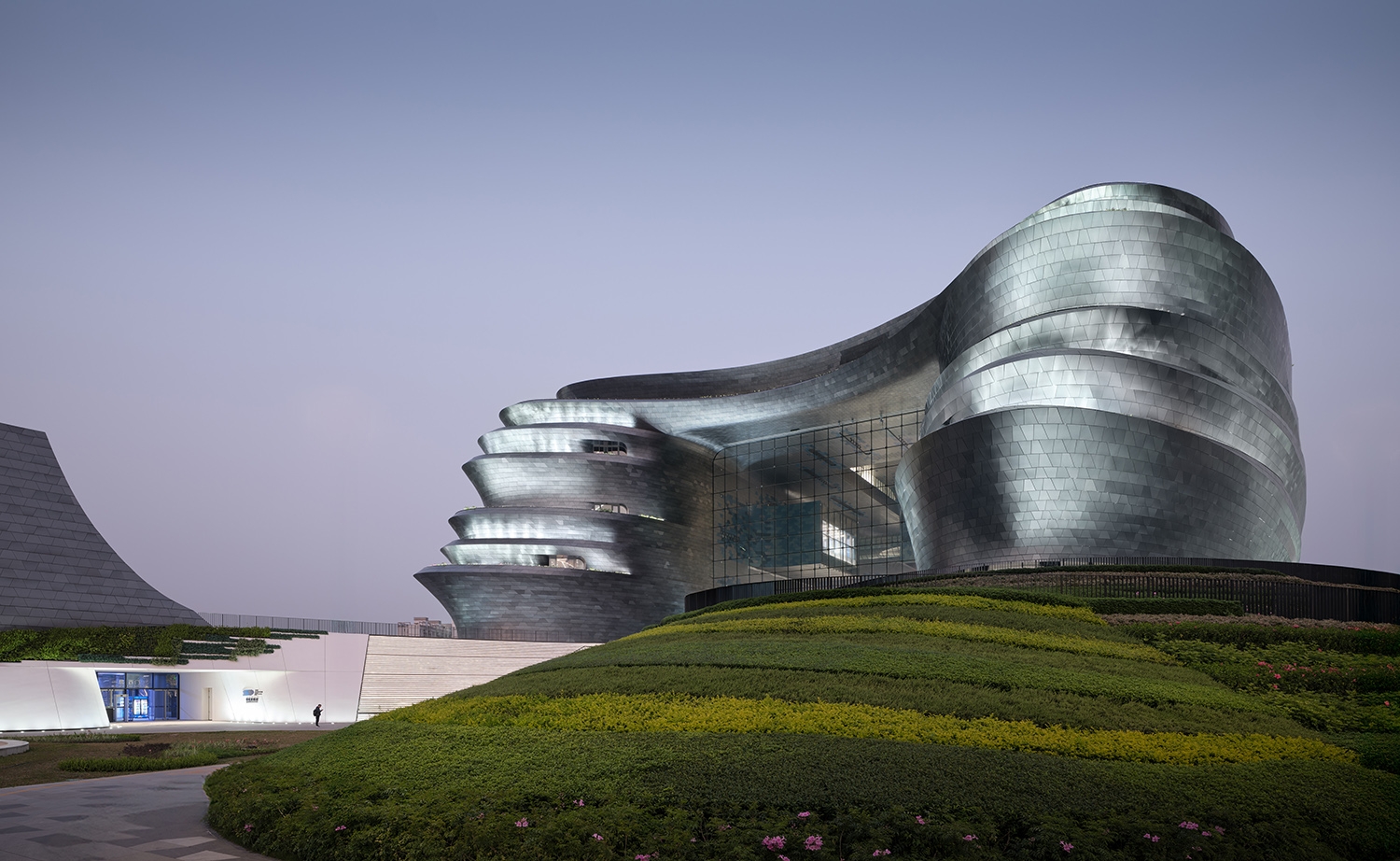In Baltimore’s Inner Harbor, the National Aquarium has unveiled the Harbor Wetland, a project designed by the award-winning firm Ayers Saint Gross. Spanning 10,000 square feet between Piers 3 and 4, this innovative floating wetland marks a major advancement in sustainable design.
The National Aquarium Harbor Wetland represents a significant step forward in ecological restoration. It aims to restore natural habitats, enhance biodiversity, and improve water quality, addressing years of environmental degradation while fostering a vibrant, renewed ecosystem. Developed in collaboration with the National Aquarium, Ayers Saint Gross, and a multidisciplinary team including Biohabitats, McLaren Engineering Group, and Kovacs, Whitney & Associates, this project builds on the success of the Floating Wetland Prototype.
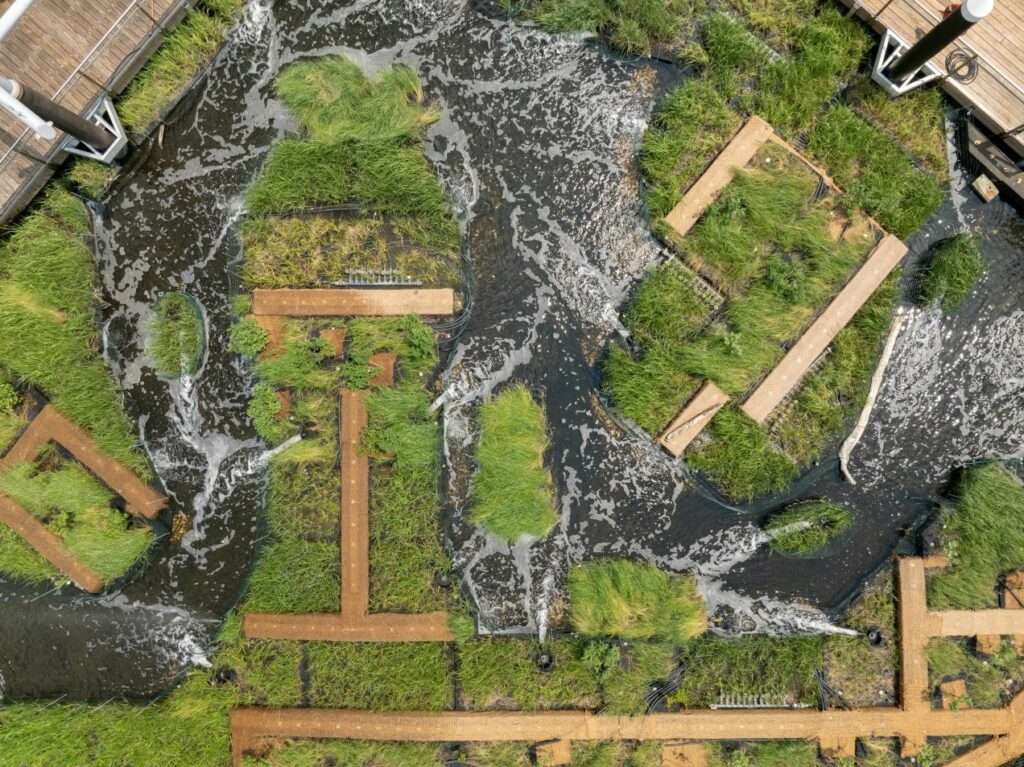
Visitors to the Harbor Wetland can experience a carefully crafted replica of a salt marsh habitat, reminiscent of those that existed in the region centuries ago. The design incorporates over 30,000 grasses and shrubs, along with advanced water aeration technology. Features such as layered topography with tiered planting surfaces and an adjustable buoyancy system promote diverse microhabitats and long-term sustainability. This innovative approach not only enhances water quality and supports native species but also attracts wildlife like river otters, fish, ducks, and Maryland blue crabs.
The Harbor Wetland serves as both a public education space and a new civic landmark. By integrating interactive elements with educational experiences, it offers a unique platform for visitors to engage with and learn about wetland ecosystems. The wetland is free and accessible to all, reflecting the National Aquarium’s commitment to broadening public engagement and fostering a deeper appreciation for aquatic conservation.
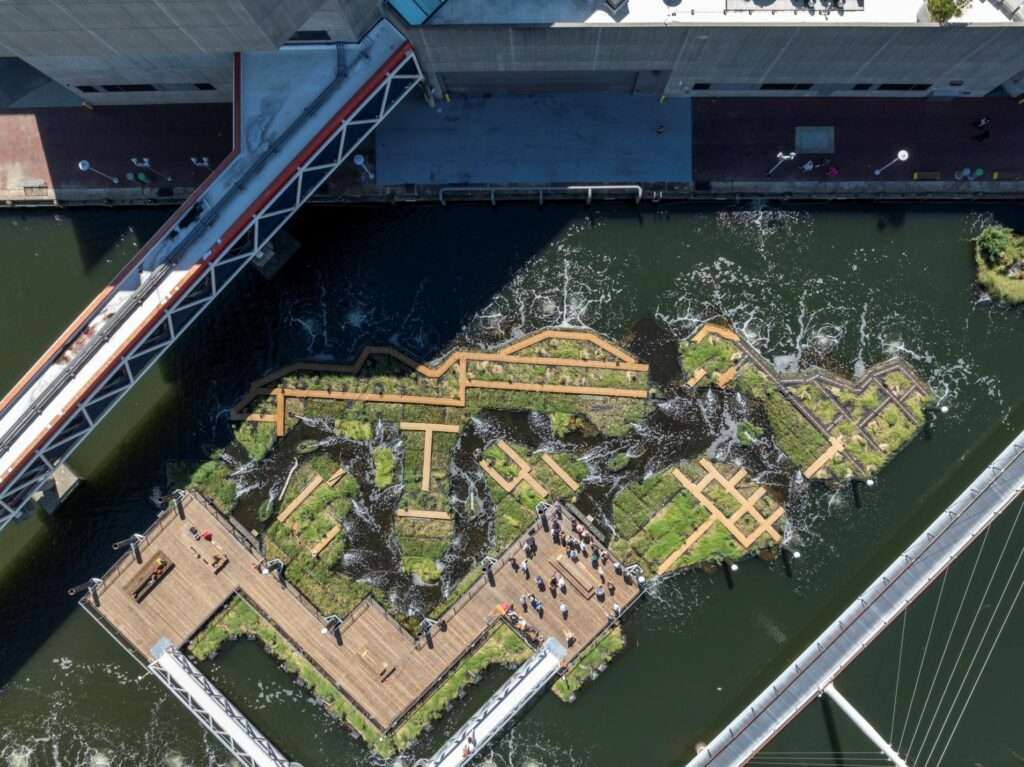
This floating wetland shows us the power of innovative design and collaborative effort in creating impactful, sustainable solutions. As visitors explore this new urban oasis, the Harbor Wetland is sure to become an important feature of Baltimore’s waterfront, sparking meaningful conversations about environmental responsibility and the beauty of our natural world.
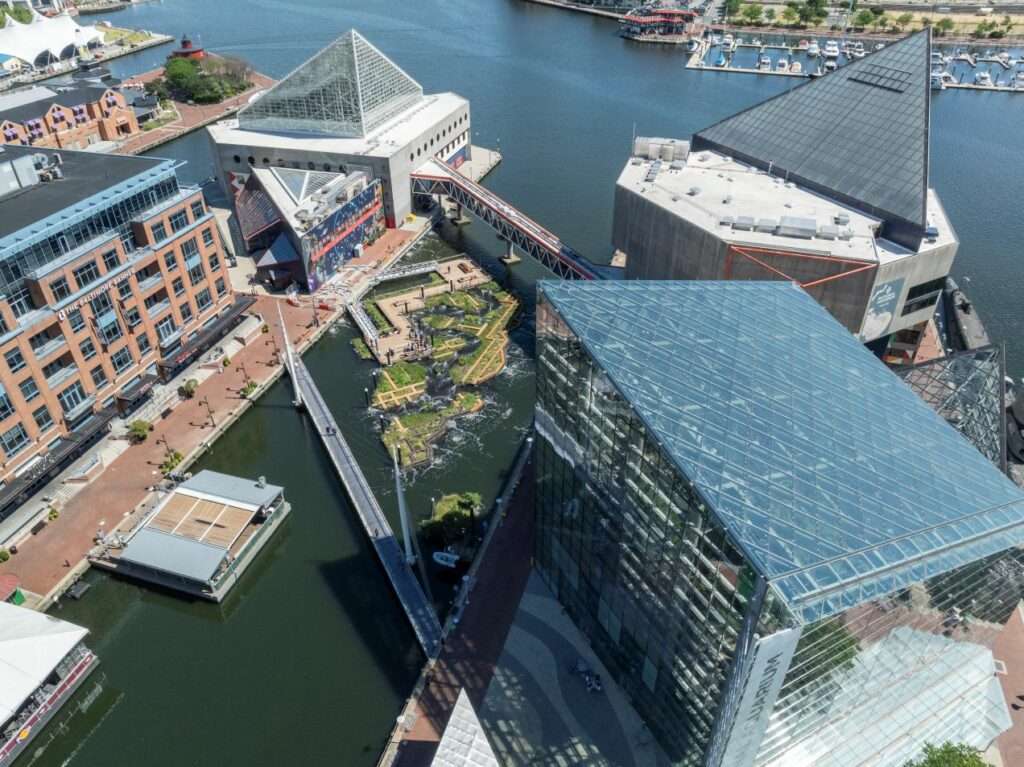
Photo Credit: Philip Smith, National Aquarium



